Concussions: everything you need to know

A concussion is a traumatic brain injury that occurs when there is a force to the head, through direct impact or specific movements of the body.
A concussion occurs after a bump, blow, or jolt to the head, resulting in symptoms such as headaches, dizziness, and fatigue. After an assessment by a physician, physiotherapist or athletic therapist, concussions can be treated with a tailored exercise and rehabilitation program and are usually treated for 2 to 4 weeks or until fully recovered. Some simple ways to help prevent a concussion include wearing a helmet when riding a bike and playing sports, using appropriate footwear to avoid falls, and wearing a seatbelt when in a motor vehicle.
What are the symptoms of a concussion?
During a concussion, the brain is jolted and pushed up against the skull causing damage and bruising.
If you have sustained a concussion, you might experience symptoms such as:
- Headache
- Sensitivity to light and noise
- Dizziness
- Nausea
- Fatigue
- Irritability
- Difficulties with memory and attention
What causes a concussion?
Concussions occur when you experience some sort of unexpected or unintentional impact to the head. This can range from high impact collisions in football or motor vehicle collisions to a slip and fall on an icy sidewalk, and can occur without any direct contact to the head.
The most common causes of a concussion include:
- Slips and Falls Motor Vehicle Accidents
- Sports Injuries (most common in rugby, ice hockey, American football, lacrosse, and soccer)
- Violence and Assaults
How do you treat a concussion?
To treat concussion, we need to determine a client’s symptom threshold and have them gradually work up to their limit in order to improve their stress and activity tolerance levels over time. As the brain recovers from the initial injury, it is able to tolerate more and more stress and activity as it rehabs its way back to normal.
After a initial 24 to 48 hour rest period, we treat head injuries with a tailored exercise program, focussing on cervical (neck movements), proprioceptive (body position), vestibular (balance), aerobic (cardio), and strengthening exercises. These exercises are chosen specifically for each individual based on their assessment because every person and every concussion is different.
If needed, an exercise program might also be accompanied by hands on treatment, acupuncture, dry needling and transcutaneous electrical nerve stimulation (also known as TENS).
Concussions are normally treated for 2 to 4 weeks, but this can vary based on the individual, the severity of the concussion, and the patient’s concussion history.
Minor concussions generally recover within the average treatment time of 2 to 4 weeks; however, more severe concussions can take months to recover.
In rare cases, or when a patient has been diagnosed with post-concussion syndrome (PCS), it can take a year or more to fully recover from a concussion.
How do you prevent a concussion?
Overall, our best tool to reduce concussion severity and frequency is education. The more people are aware of the signs and symptoms of a concussion, the better we will be able to prevent and manage concussions in the future.
Not all concussions are preventable, but there are some easy things you can take to help reduce your risk of concussion.
For example, wearing a helmet while playing hockey, riding a bike, or using an off-road vehicle can significantly reduce your risk of concussion.
Other preventative measures include wearing a seatbelt while traveling in motor vehicles, wearing appropriate footwear and improving your balance to avoid falls, as well as participating in reduced contact sports.
The Bridge model consists of three pillars

Relieve pain
Injury treatment and management to relieve pain, including physiotherapy, massage and chiropractic treatment.
get stronger
We introduce strength and mobility exercises to build tolerance to the demands of your activity and to develop more efficient movement patterns, making sure you don’t get hurt again.
improve performance
Performance or return to sport training: Is the last part of our model and reserved for those needing to return to a competitive sport or wanting to train at a higher level.
Contact us today and learn how our team can help you build a recovery plan, in person or virtually.

Book an in-person appointment
Book a session at one of our three locations in Edmonton and Sherwood Park.

Book a virtual appoinTment
Book a virtual appointment with one of our experts, no matter where you are.
Recommended Posts


